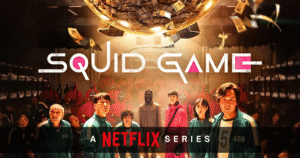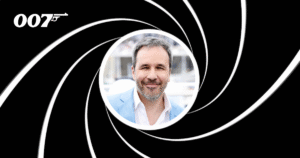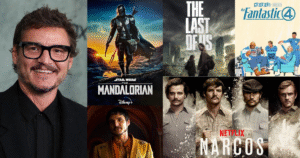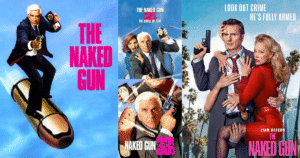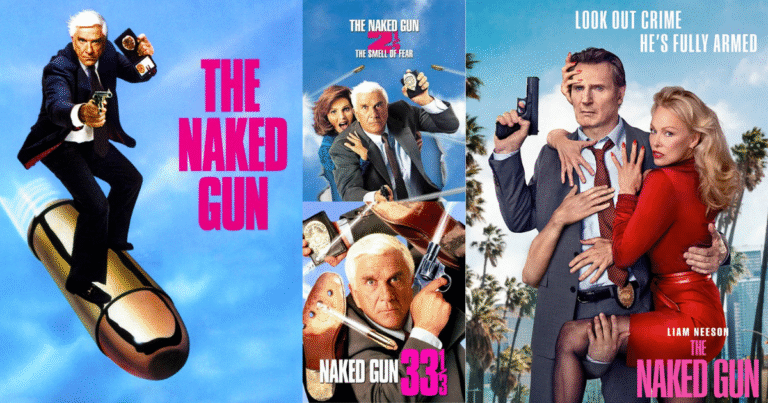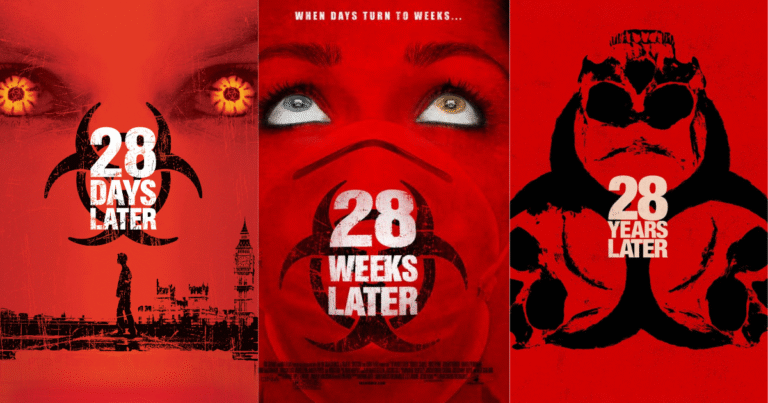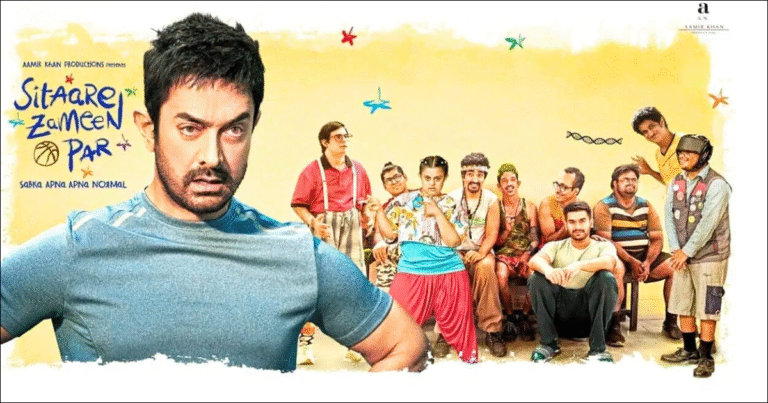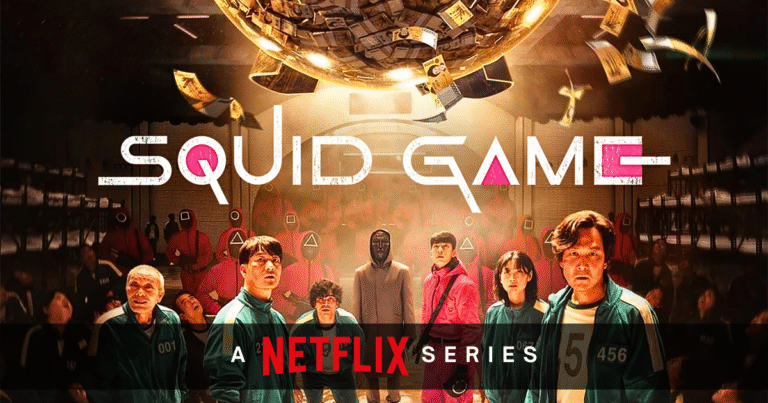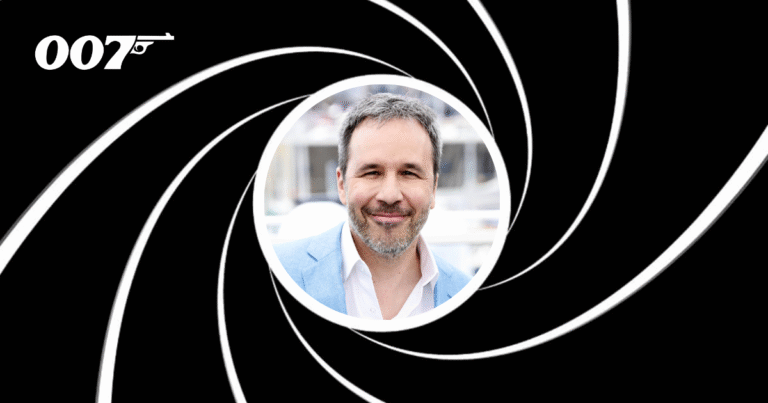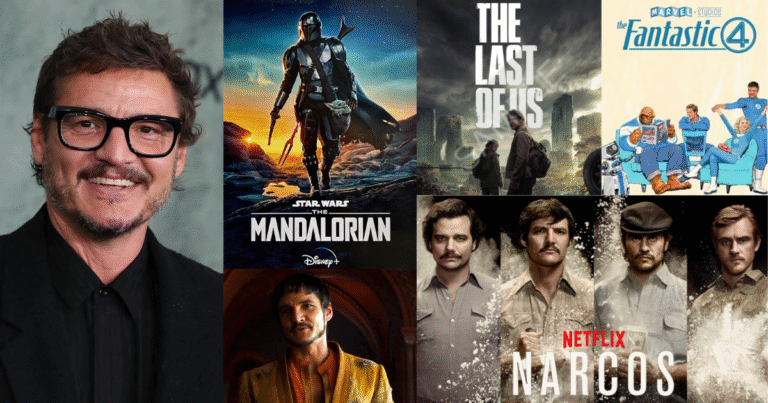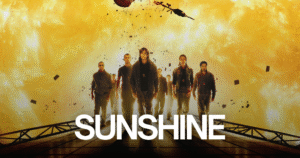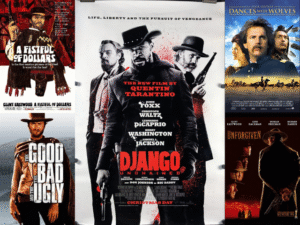Back in the early 2000s, long before YouTube influencers and social media ads became the norm, BMW took a bold step in marketing. They created a short film series called The Hire. It wasn’t a commercial. It wasn’t a music video. It was pure cinema, stylish, smart, and unforgettable. These films didn’t just promote cars. They set a new standard for how brands could connect with people.
Let’s take a close look at The Hire, why it worked, and how it helped shape the future of branded content.
What Is The Hire?
The Hire is a collection of eight short films released by BMW between 2001 and 2002. Each film was around 8 to 10 minutes long and featured Hollywood-level action, storytelling, and direction. The star of the series was Clive Owen, playing a mysterious character known simply as “The Driver.” His job? To drive high-end BMW cars through intense, dramatic situations.
What made these films stand out was the talent behind them. BMW worked with some of the world’s best directors — Ang Lee, Guy Ritchie, Alejandro González Iñárritu, and John Woo, just to name a few. The result wasn’t just a marketing success. It became a cultural moment.
Why BMW Made The Hire
In the early 2000s, BMW was looking for a fresh way to reach a younger, tech-savvy audience. Traditional ads weren’t enough. They needed something different. So instead of shouting about horsepower and engine specs, BMW asked a simple question:
“What if we made films that people actually want to watch?”
The company realized that storytelling is powerful. People remember how something made them feel more than they remember facts and figures. So BMW decided to entertain first, and let the cars speak for themselves through action and emotion.
The Format That Changed Everything
The films were released online — a bold move at the time. This was before streaming platforms and smartphones were common. Watching videos online was still a new idea. But BMW believed in the digital future.
Each film was made like a mini-blockbuster, complete with car chases, strong characters, and emotional stakes. The cars were at the heart of the action, but they were never the focus of the story. That’s what made it work.
A Quick Look at the Films
Here are some highlights from the original The Hire series:
1. Ambush – Directed by John Frankenheimer
The Driver protects a passenger carrying a valuable package. It’s full of tension and slick driving.
2. Chosen – Directed by Ang Lee
A peaceful ride with a young boy becomes a dangerous journey. It mixes emotion with action beautifully.
3. The Follow – Directed by Wong Kar-wai
A quiet, haunting story about surveillance, truth, and loyalty. Not your typical car film.
4. Star – Directed by Guy Ritchie
This one is pure fun. Madonna plays a diva who gets a rough (but funny) ride. It became a fan favorite.
5. Powder Keg – Directed by Alejandro González Iñárritu
Set in a war zone, this film brings real depth and shows the emotional power of good storytelling.
Each film has its own mood, pace, and message. But they all revolve around The Driver and a BMW vehicle, always performing under pressure, always in control.
Why The Hire Was a Big Deal
1. It Put Story First
BMW didn’t push product features. They let the story lead. The message was clear: BMW cars are more than machines. They are part of powerful human moments.
2. It Trusted the Audience
The films weren’t dumbed down. They were smart, cinematic, and sometimes emotional. BMW respected its viewers enough to give them real art.
3. It Used Top Talent
From directors and cinematographers to editors and composers, these were A-list film crews. That’s rare in brand work, even today.
4. It Went Viral Before “Viral” Was a Thing
People shared DVDs, downloaded the films, and talked about them online. BMW didn’t pay for attention. They earned it.
5. It Boosted Sales
Most importantly, it worked. BMW reported a major increase in sales, especially among their target audience of younger, luxury buyers.
The Return: The Escape (2016)
After over a decade, BMW brought Clive Owen back in The Escape, a brand-new short film released in 2016. This time, Neill Blomkamp (District 9) directed the film, and it featured stars like Dakota Fanning and Jon Bernthal.
Even after so many years, the formula still worked. The film earned praise from fans and critics alike. It showed that great branded content doesn’t age, it just needs purpose and quality.
Lessons from The Hire
Brands today are always chasing the next trend, short videos, influencers, viral campaigns. But BMW’s The Hire reminds us of something simple:
If you tell a great story and connect with people’s emotions, they’ll remember you.
The series also proved that branded content doesn’t have to look like an ad. In fact, the less it feels like a commercial, the more powerful it can be. You don’t have to shout to sell. You just need to entertain and earn trust.
The Legacy Lives On
Even 20 years later, The Hire is still studied in film schools and marketing programs. It has inspired other brands to try their hand at short films, including LEGO, Red Bull, and even luxury fashion labels.
For filmmakers, it showed that brand partnerships could lead to high-quality creative work. For marketers, it proved that investing in storytelling can lead to real business results.
Final Thoughts
BMW’s The Hire didn’t just promote cars. It changed the way we think about branded content. With strong storytelling, high production values, and a bold strategy, it blurred the line between marketing and filmmaking.
In a world full of quick content and short attention spans, The Hire is a reminder that quality still matters. People will give you their time, if you give them something worth watching.
